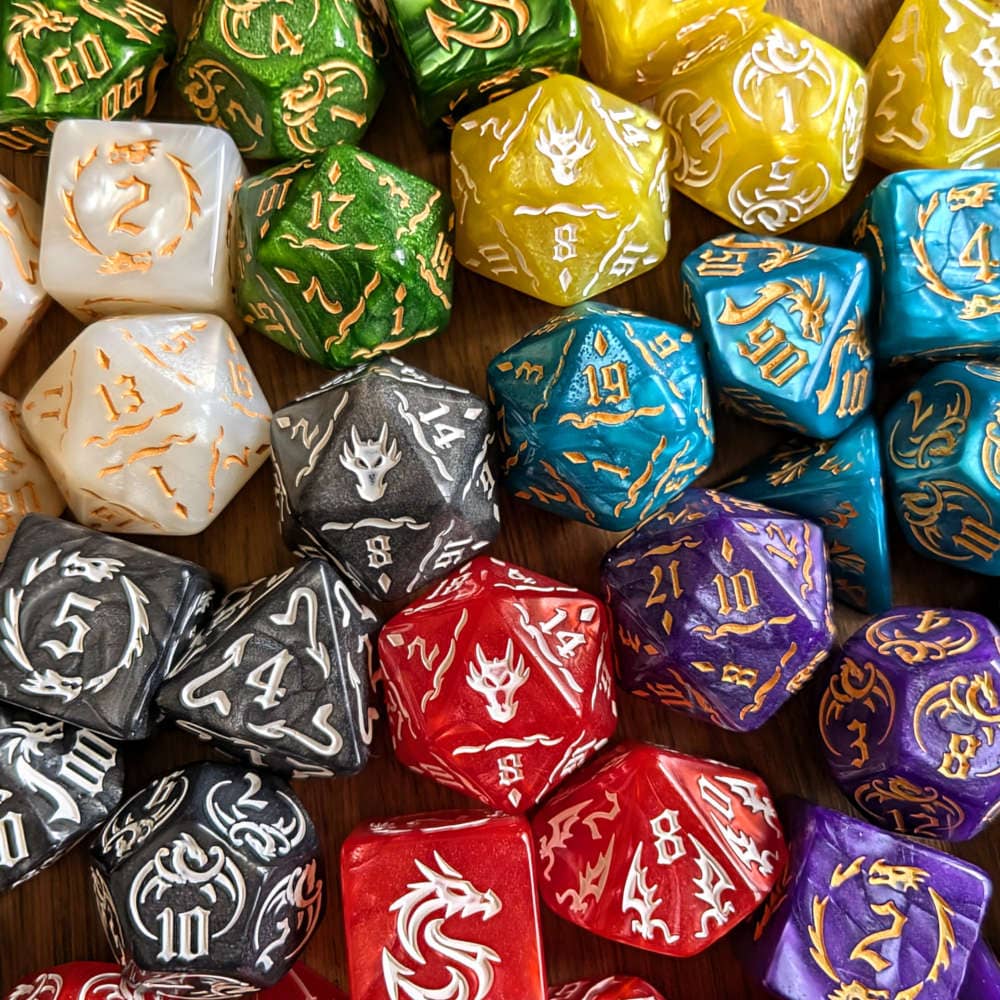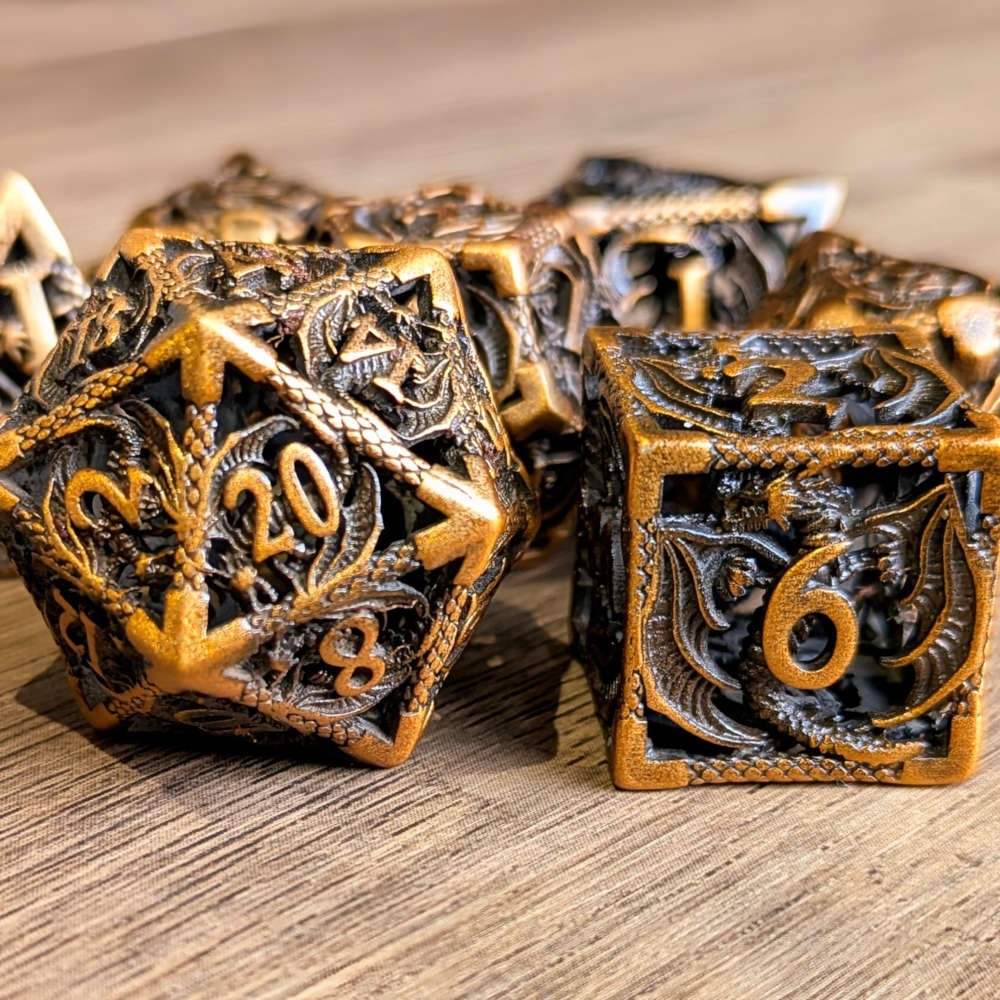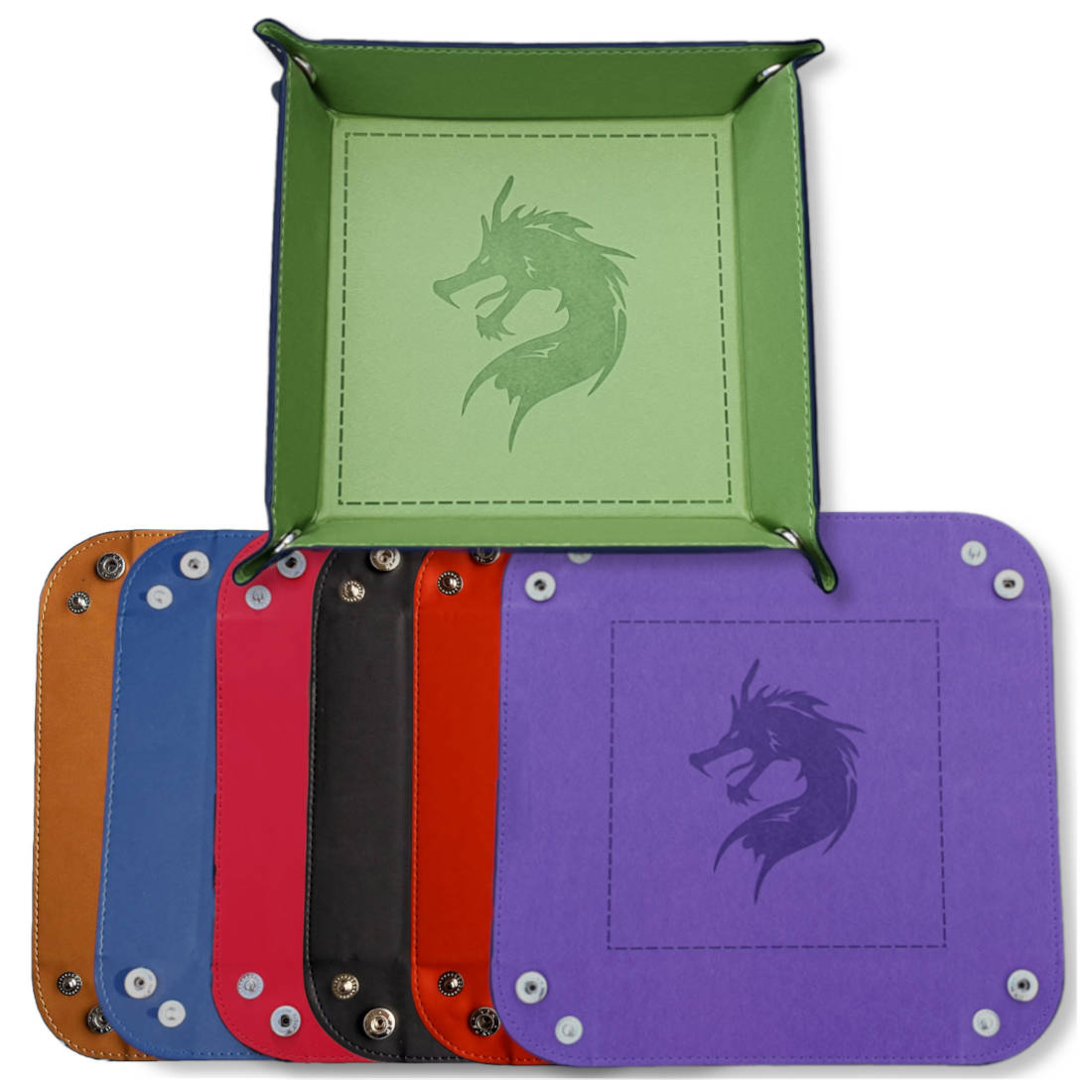How do critical hits work in DND 5e?

Critical hits, often affectionately known as ‘crits’, are one of the most exhilarating moments in a game of Dungeons & Dragons (D&D) 5th Edition. These moments of extraordinary success can turn the tide of battle quickly. But with so many variations and homebrew rules out there, you might find yourself wondering, ‘how exactly do critical hits work in DND 5e?’.
In this guide, we'll demystify critical hits and explore the rules and nuances behind these game-changing moments. We’ll also outline some house rules you could try out if you’re looking to make those moments all the sweeter.
What is a critical hit in DND?
A critical hit is a mechanic used to signify an exceptionally successful attack in Dungeons & Dragons (DND) 5th edition. It causes increased damage and occurs when a player or Dungeon Master rolls a natural 20 on a d20 during an attack roll. The result is a guaranteed hit, regardless of the target’s Armour Class (AC).
In essence, a critical hit represents a stroke of luck, extraordinary skill, or a well-placed strike that bypasses a foe's defences, resulting in a more significant and often devastating blow. When a critical hit is confirmed, the attack boasts increased damage, potentially leading to epic moments in your DND adventures.
What are the odds of rolling a critical hit?
The odds of rolling a critical hit in DND 5e are 5%. This is because to achieve a critical hit, you need to roll a natural 20 on a 20-sided die (d20), and there are 20 possible outcomes when rolling a d20. So, 1 out of those 20 possible outcomes (1/20) is a critical hit.
If you’re not up to speed with dice rolls, check out our guide that explains how dice work in DND.
How do critical hits work in DND 5e?
In DND 5e, critical hits work by rolling all the attack's damage dice twice and adding them together. Afterwards, you add any relevant modifiers as normal.
Can you critical hit with a spell?
Yes, you can score a critical hit with some spells in DND 5e. Spells that require an attack roll, like the Firebolt cantrip, can critically hit. However, spells that rely on a saving throw, such as Sacred Flame, cannot crit because the critical hit system is based on attack rolls, not saving throws.
How can you guarantee a critical hit in DND 5e?
The main way to guarantee a critical hit is to exploit conditions. Certain conditions, such as Paralysed and Unconscious, cause attacks that hit to automatically become critical hits.
Another way to increase your chance of getting a crit is to gain advantage on your attack rolls. You could do this by various means, such as flanking, using the Greater Invisibility spell, utilising the Reckless Attack feature (for Barbarians), or through other class-specific abilities.
How can I extend my critical hit range?
Some class-specific abilities extend your critical hit range beyond 20 to 19. For example, at level 3 the Fighter archetype Champion grants this, so does the Hexblade’s Curse if you choose that path under Warlock.
What are some 5e critical hit house rules?
Each of these house rules has its own advantages and disadvantages. The choice ultimately depends on your group's preferred playstyle and the level of power and unpredictability you want to introduce into your games.
- Roll the same number of dice and double the result: with this rule, you roll the same number of damage dice as usual for your attack, and then double the final result. This method keeps the damage potential more consistent. However, it can lead to massive damage spikes with certain high-damage dice, like d12s or d6s.
- Max base damage plus additional dice: under this rule, you take the maximum damage for the base dice of your attack (for example, the maximum damage for a d8 is 8), and then roll additional dice for the critical hit. This method ensures that critical hits always have a significant impact. It's a balanced approach that ensures critical hits have a guaranteed level of damage.
- Double the dice and apply max damage: with this house rule, you double the number of damage dice you would normally roll and then apply the maximum damage for each die. This can make critical hits exceptionally powerful and is often used for epic, high-fantasy campaigns. However, it can also lead to wildly unpredictable damage output.
How to choose which critical hit rule to use
When it comes to choosing which critical hit rule to use in your Dungeons & Dragons 5e game, the most important step is communication with your players. Discuss the options and their preferences as a group, and then establish a clear and agreed-upon rule. Open communication is a key step to becoming a better DM in DND.
Consistency is key in D&D, so once you've decided, try to stick to it throughout your campaign. This ensures that everyone is on the same page and can enjoy the game with a shared understanding of how critical hits work in your world.
Understanding how critical hits work can add an exciting dimension to your Dungeons & Dragons adventures. If you're looking to dive even deeper into the mechanics of D&D, consider exploring our guide on whether to use Milestone or XP for levelling.
As you continue to enhance your D&D experience, don't forget to check out our diverse collection of D&D dice sets. Happy adventuring!






1 comment
How much damage does a crit fo?